Michael Cook
AI-Generated Imagery: A New Era for the `Readymade'
Jul 12, 2023Abstract:While the term `art' defies any concrete definition, this paper aims to examine how digital images produced by generative AI systems, such as Midjourney, have come to be so regularly referred to as such. The discourse around the classification of AI-generated imagery as art is currently somewhat homogeneous, lacking the more nuanced aspects that would apply to more traditional modes of artistic media production. This paper aims to bring important philosophical considerations to the surface of the discussion around AI-generated imagery in the context of art. We employ existing philosophical frameworks and theories of language to suggest that some AI-generated imagery, by virtue of its visual properties within these frameworks, can be presented as `readymades' for consideration as art.
Why Oatmeal is Cheap: Kolmogorov Complexity and Procedural Generation
May 03, 2023Abstract:Although procedural generation is popular among game developers, academic research on the topic has primarily focused on new applications, with some research into empirical analysis. In this paper we relate theoretical work in information theory to the generation of content for games. We prove that there is a relationship between the Kolomogorov complexity of the most complex artifact a generator can produce, and the size of that generator's possibility space. In doing so, we identify the limiting relationship between the knowledge encoded in a generator, the density of its output space, and the intricacy of the artifacts it produces. We relate our result to the experience of expert procedural generator designers, and illustrate it with some examples.
* Foundation of Digital Games 2023, Best Paper Award, 11 pages, 4 figures
'That Darned Sandstorm': A Study of Procedural Generation through Archaeological Storytelling
Apr 17, 2023


Abstract:Procedural content generation has been applied to many domains, especially level design, but the narrative affordances of generated game environments are comparatively understudied. In this paper we present our first attempt to study these effects through the lens of what we call a generative archaeology game that prompts the player to archaeologically interpret the generated content of the game world. We report on a survey that gathered qualitative and quantitative data on the experiences of 187 participants playing the game Nothing Beside Remains. We provide some preliminary analysis of our intentional attempt to prompt player interpretation, and the unintentional effects of a glitch on the player experience of the game.
Trash to Treasure: Using text-to-image models to inform the design of physical artefacts
Feb 01, 2023Abstract:Text-to-image generative models have recently exploded in popularity and accessibility. Yet so far, use of these models in creative tasks that bridge the 2D digital world and the creation of physical artefacts has been understudied. We conduct a pilot study to investigate if and how text-to-image models can be used to assist in upstream tasks within the creative process, such as ideation and visualization, prior to a sculpture-making activity. Thirty participants selected sculpture-making materials and generated three images using the Stable Diffusion text-to-image generator, each with text prompts of their choice, with the aim of informing and then creating a physical sculpture. The majority of participants (23/30) reported that the generated images informed their sculptures, and 28/30 reported interest in using text-to-image models to help them in a creative task in the future. We identify several prompt engineering strategies and find that a participant's prompting strategy relates to their stage in the creative process. We discuss how our findings can inform support for users at different stages of the design process and for using text-to-image models for physical artefact design.
The Road Less Travelled: Trying And Failing To Generate Walking Simulators
Apr 23, 2021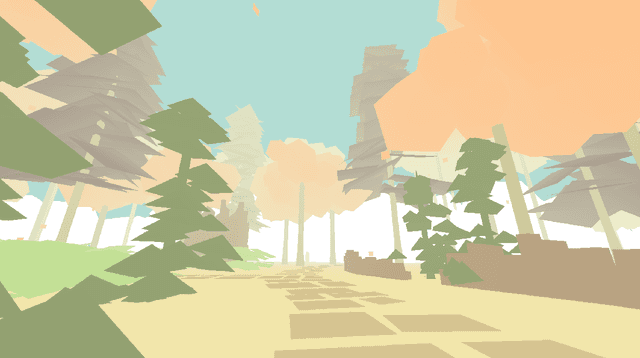


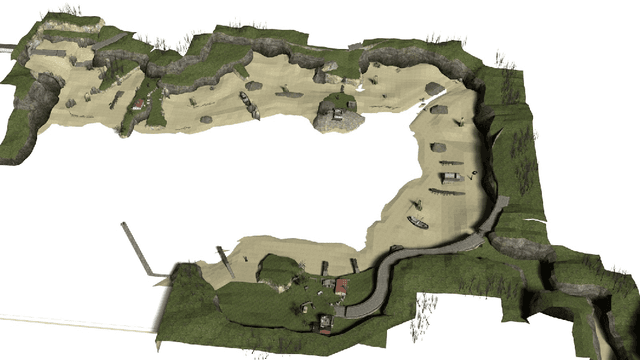
Abstract:Automated game design is a rapidly growing area of research, yet many aspects of game design lie largely unexamined still, as most systems focus on two-dimensional games with clear objectives and goal-oriented gameplay. This paper describes several attempts to build an automated game designer for 3D games more focused on space, atmosphere and experience. We describe our attempts to build these systems, why they failed, and what steps and future work we believe would be useful for future attempts by others.
Tabletop Roleplaying Games as Procedural Content Generators
Jul 15, 2020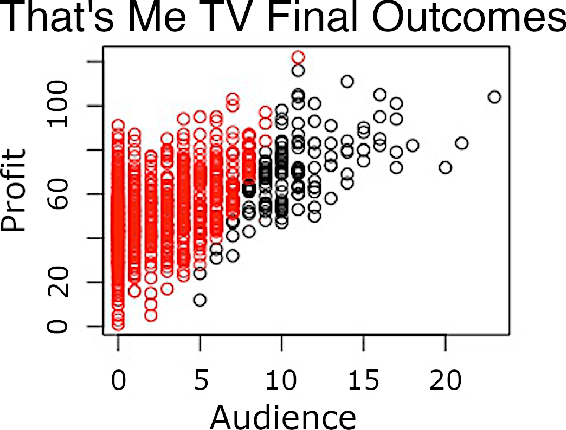
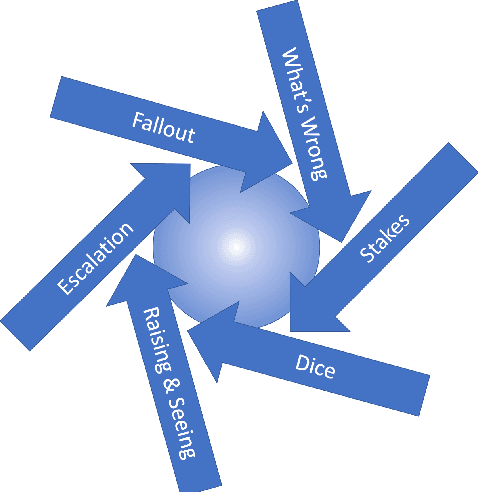
Abstract:Tabletop roleplaying games (TTRPGs) and procedural content generators can both be understood as systems of rules for producing content. In this paper, we argue that TTRPG design can usefully be viewed as procedural content generator design. We present several case studies linking key concepts from PCG research -- including possibility spaces, expressive range analysis, and generative pipelines -- to key concepts in TTRPG design. We then discuss the implications of these relationships and suggest directions for future work uniting research in TTRPGs and PCG.
* 9 pages, 2 figures, FDG Workshop on Procedural Content Generation 2020
Software Engineering For Automated Game Design
Apr 03, 2020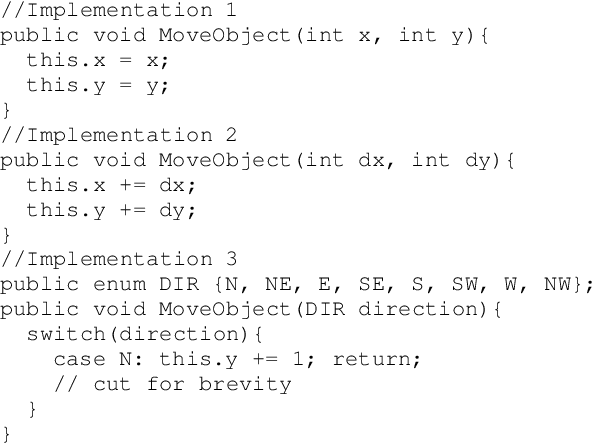
Abstract:As we develop more assistive and automated game design systems, the question of how these systems should be integrated into game development workflows, and how much adaptation may be required, becomes increasingly important. In this paper we explore the impact of software engineering decisions on the ability of an automated game design system to understand a game's codebase, generate new game code, and evaluate its work. We argue that a new approach to software engineering may be required in order for game developers to fully benefit from automated game designers.
Generative Forensics: Procedural Generation and Information Games
Apr 03, 2020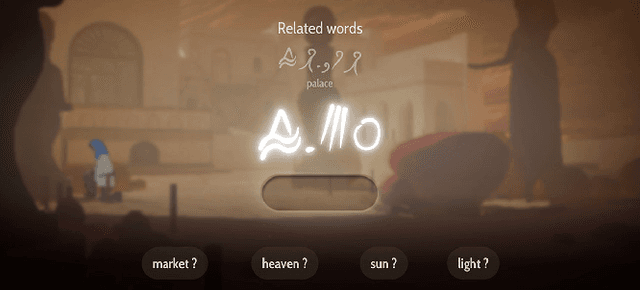
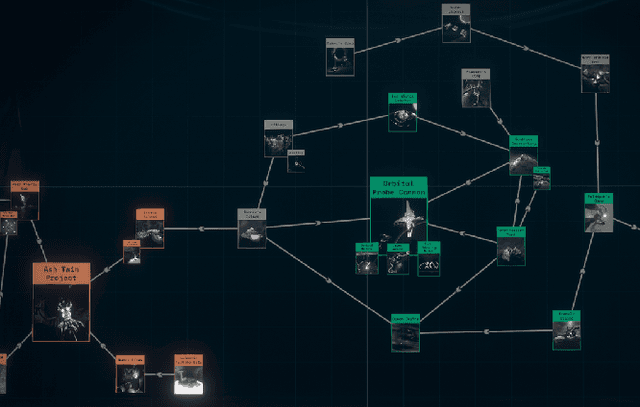
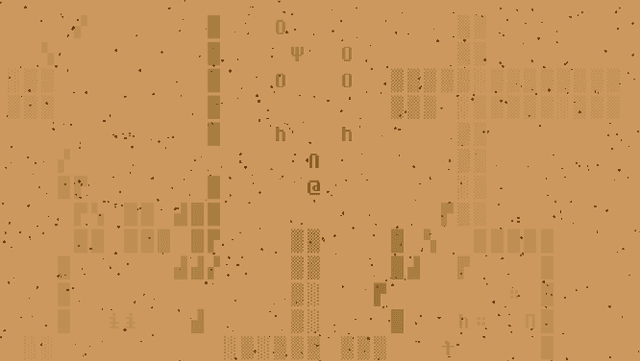
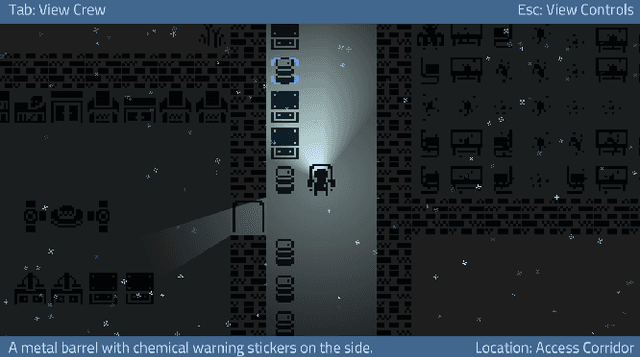
Abstract:Procedural generation is used across game design to achieve a wide variety of ends, and has led to the creation of several game subgenres by injecting variance, surprise or unpredictability into otherwise static designs. Information games are a type of mystery game in which the player is tasked with gathering knowledge and developing an understanding of an event or system. Their reliance on player knowledge leaves them vulnerable to spoilers and hard to replay. In this paper we introduce the notion of generative forensics games, a subgenre of information games that challenge the player to understand the output of a generative system. We introduce information games, show how generative forensics develops the idea, report on two prototype games we created, and evaluate our work on generative forensics so far from a player and a designer perspective.
Exploring Novel Game Spaces with Fluidic Games
Mar 04, 2018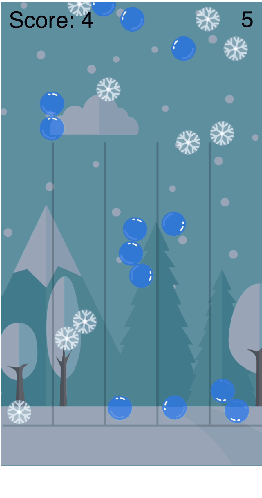
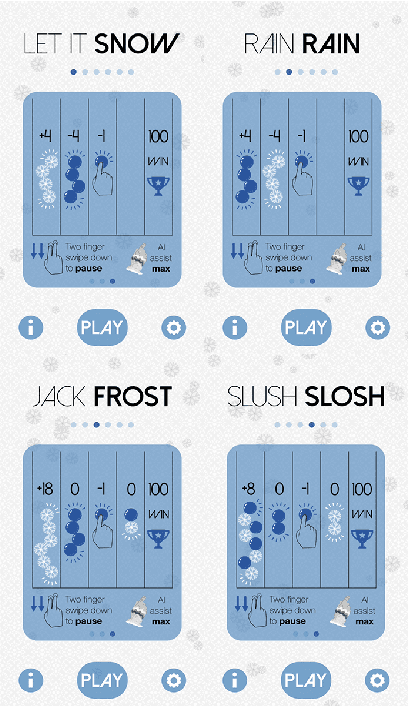
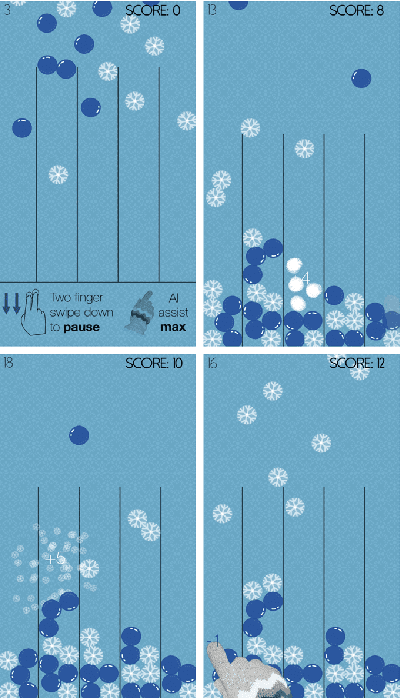
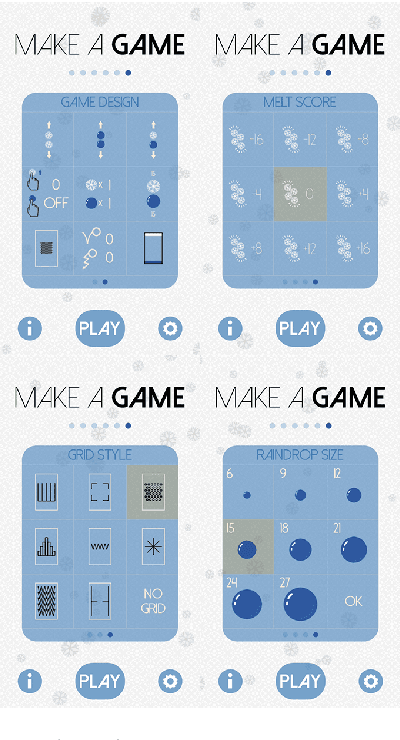
Abstract:With the growing integration of smartphones into our daily lives, and their increased ease of use, mobile games have become highly popular across all demographics. People listen to music, play games or read the news while in transit or bridging gap times. While mobile gaming is gaining popularity, mobile expression of creativity is still in its early stages. We present here a new type of mobile app -- fluidic games -- and illustrate our iterative approach to their design. This new type of app seamlessly integrates exploration of the design space into the actual user experience of playing the game, and aims to enrich the user experience. To better illustrate the game domain and our approach, we discuss one specific fluidic game, which is available as a commercial product. We also briefly discuss open challenges such as player support and how generative techniques can aid the exploration of the game space further.
A Vision For Continuous Automated Game Design
Jul 30, 2017



Abstract:ANGELINA is an automated game design system which has previously been built as a single software block which designs games from start to finish. In this paper we outline a roadmap for the development of a new version of ANGELINA, designed to iterate on games in different ways to produce a continuous creative process that will improve the quality of its work, but more importantly improve the perception of the software as being an independently creative piece of software. We provide an initial report of the system's structure here as well as results from the first working module of the system.
 Add to Chrome
Add to Chrome Add to Firefox
Add to Firefox Add to Edge
Add to Edge